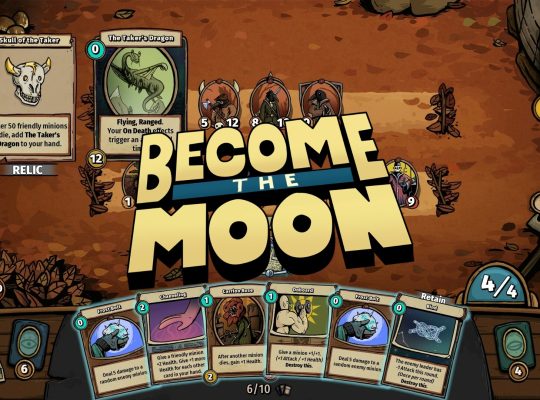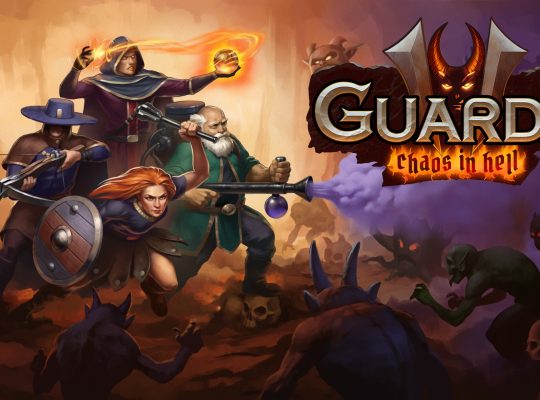When I first heard about Whispers of the Eyeless, I didn’t expect it to be this good. It’s a new project from Camlann Games and Evil Gingerbread Studio, led by Venris, who’s also known for the popular SFO mod for Total War: Warhammer. The game exceeded its Kickstarter goal by 500% and you can find it on Steam. But, does it offer something unique compared to the many other titles in its genre? Let’s dive in.
Whispers of the Eyeless brings something new to the table with its blend of Polish folklore and a world where old and new gods fight for power. Set in the medieval City of Aranthor, the game places you in the role of the First Prophet of the Dead Gods. Your mission is to lead a dark cult to bring back these forgotten deities. The premise alone feels unique, tapping into dark, mystical themes that immediately grabbed my attention. The game’s dark, comic art style also stands out, creating a moody atmosphere that feels fresh, but familiar to fans of games like Darkest Dungeon or Children of Morta.


What really sets Whispers of the Eyeless apart from other strategy RPGs is how it combines turn-based combat, “base building”, and deep character customization. Instead of focusing only on battle, the game challenges you to build and grow your cult while navigating the politics and dangers of the city. It feels like a layered experience where your decisions matter at every level — from upgrading your Sanctum to choosing which Dead God to align with.
Each district of Aranthor has its own unique events, enemies, and lore, making every area feel alive and different. I love this idea because it adds variety to the gameplay. However, from my experience with the demo, it seemed like I was repeatedly fighting the same enemies and completing similar tasks day after day. I hope this will change with additional content, as the map always offers new experiences and lets you choose your path.
Right now, Whispers of the Eyeless is quite a complex game. You’ll be bombarded with a lot of user interface elements, menus to explore, and detailed character overviews where you can add equipment. There’s also a detailed companion system, Sanctum upgrades to figure out, rituals, and more. It might seem overwhelming at first, but don’t worry. The game makes it easy to learn, and although it might take some time to adjust, I believe it will be worth it.



One issue I had with the game was the turn-based combat, especially the attacks and special skills. It seems to offer a lot of strategic depth with various ways to influence combat, whether through normal attacks with different abilities, special techniques that can change the battle’s course (like lowering the enemy’s sanity), or useful passive abilities. All these factors need to be considered. However, what I often ended up doing was finding the perfect combo and repeating it over and over because it seemed to work best.
Another thing to mention are the blessings and channels that provide various bonuses and benefits. You can equip up to four of them in your inventory, and they are a great addition to help you fight enemies. To fully experience and appreciate the game, you’ll need to dive in yourself. It’s hard to explain all the complexities of the game, but I enjoyed exploring everything it has to offer.
A large part of the game revolves around growing your cult and managing your followers. This element reminded me a bit of Loop Hero, where progression feels like a balancing act. You’ll need to recruit faithful followers, ordain them as Disciples, and send them on Callings to gather resources and strengthen the cult. But here’s the catch — your cult must remain hidden. If the Living Gods discover your plans, the game can take a dangerous turn.
Building your Sanctum is also key to the game’s strategy. As you gather resources, you’ll upgrade your base and perform rituals like making Sacrifices to the Dead Gods. These choices will affect the strength and appearance of your Sanctum, and the God you favor—Wrath, Desire, or Madness—will determine how your base evolves. The customization here is interesting, as it feels like the game is giving you full control over how your cult grows and operates.
Personally, I can’t wait to see how it all comes together when it hits Early Access.









